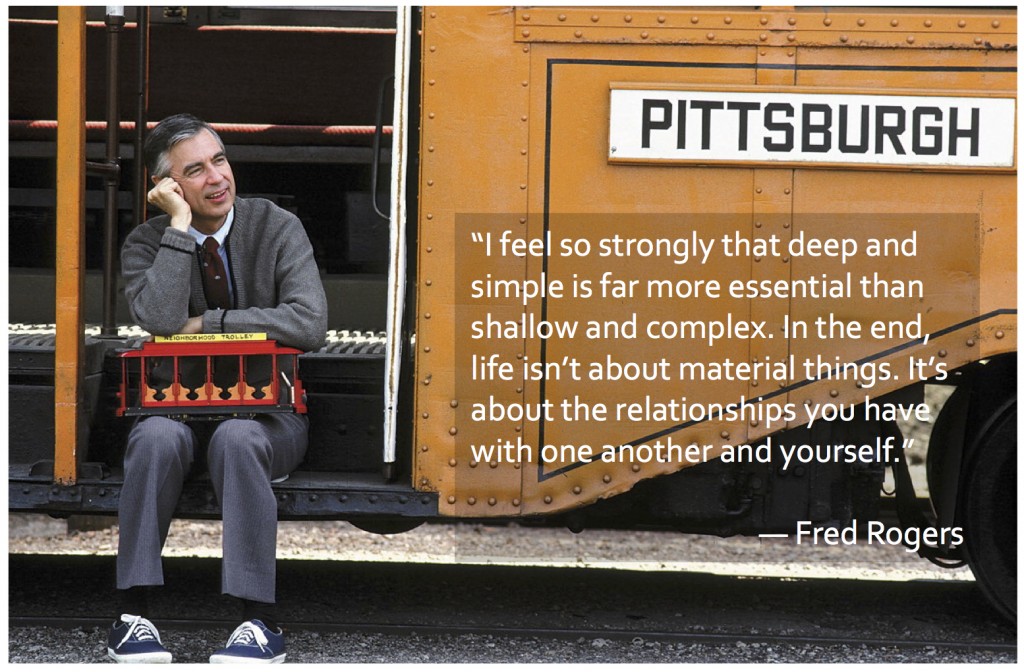You can learn so much by listening.
I spend a lot of time pretending to read or write so I can listen to what people talk about.
My intentions are honorable. I want to uncover people’s deep struggles, so I can find or create things that build them up. And, as a corporate marketing professional, I want my organization to reach out to the people we serve as human beings, not as targets to be sold.
I spend a lot of time eavesdropping online too. Most of my social media time is spent scanning feeds of conversations and updates. Listening to what people are really trying to say.
I’m struck by how lonely, scared and time-starved we are.
By lonely, I mean disconnected. We feel cut off from people or things we wish to be a part of. We feel left out.
By scared, I mean risk-averse. We deeply want to succeed, but aren’t willing to fail trying. So we gravitate to “proven solutions” and how-to content.
And by time-starved, I mean busy. We spend significantly more time each day working in our busyness than on our business.
All this adds up to markets and media channels overflowing with content that is shallow and complex. It’s why content shock is setting in. It’s why you’re finding it so hard to get anyone to pay attention to and care about what you have to offer.
So what does this have to do with you and storytelling in your business?
The alternative to shallow and complex is deep and simple.
If you can cut through the clutter in my life with a simple story that digs deep, you will instantly distinguish yourself from just about every competing distraction “out there” in the marketplace.
I struggle with feeling left out — passed by. My fears are holding me back from taking bigger risks. And I have a number of projects lingering — projects that are important to me — because I can’t find the time to get to them.
I don’t need facts, figures and features. I don’t need guarantees. I don’t need how-to content or three easy steps that tell me what I already know.
I need deep thinking that touches me. That connects with me. That challenges me. That invites me in and breathes new life into me.
I will give you my email address for that. I will buy your stuff. And I will attend your events.
But to get me to join you, you’ll have to get to know me. Really know me.
Which begins with you listening to the story I tell myself and others.
Then you can knock and enter through that door.
I’ll be waiting for you.
(ht Mister Rogers)


